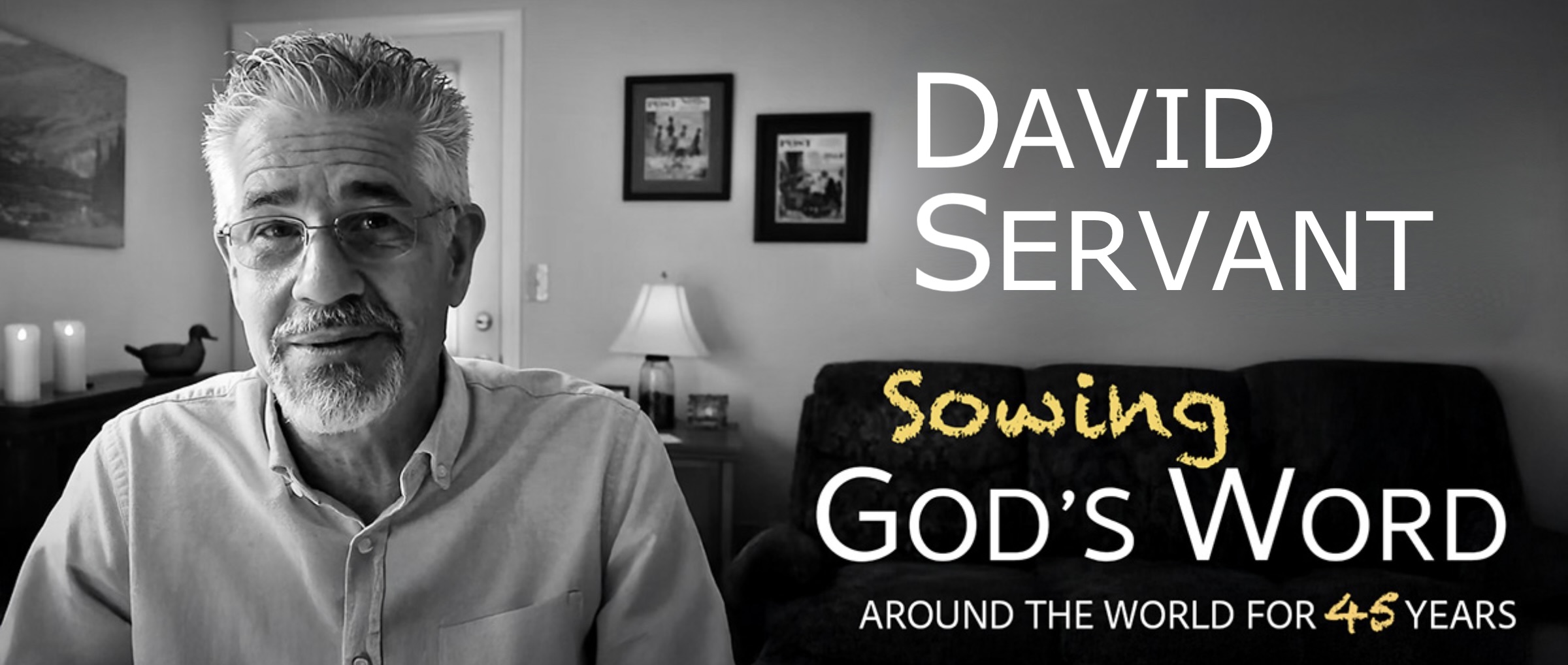As we learned before, Andrew and his brother Peter had already met Jesus through John the Baptist. Both Andrew and Peter were from the Galilean village of Bethsaida, and worked together as fishermen on the Sea of Galilee with their friends, James and John, who were also brothers.
One day shortly after Peter and Andrew had met Jesus, Jesus was preaching to great crowds of people along the shore of the Sea of Galilee. They were probably sitting on the steep banks as Jesus preached by the water’s edge. But there were so many people who wanted to hear what He was saying that the crowd kept pressing in to get closer. Jesus didn’t have a sound system to amplify His voice, so if people wanted to hear Him, they had to get close. As a result, they were forcing Jesus out into the water! So Jesus stepped into Peter’s boat and asked him to push it out a little way from shore so He could continue teaching while sitting in the boat.
When we give or lend something to Jesus, He always pays us back, and so He did for Peter after borrowing his boat. Peter and his partners had worked hard all night but hadn’t caught a single fish. (The reason they had fished at night was because that was the best time to catch fish. Perhaps they used a lantern to attract the fish at night to their nets.) Even though Peter had already cleaned his nets and was probably ready to head home to get some sleep, Jesus instructed him to put down his nets in the deep water during the daylight, promising him that he would catch a lot of fish. It certainly didn’t seem like a very good idea to an intelligent fisherman. It sounded like it would be a waste of time, but Peter had already witnessed the fact that Jesus knew things supernaturally, and so he did what Jesus said.
Amazingly, Peter’s net was soon so full of fish that it began to tear. So Peter yelled to James and John on the shore to bring their boat out, and when they did, they filled both boats with so many fish that they were close to sinking! Imagine how funny it must have been to watch them try to row their heavy boats successfully to shore without sinking or losing any fish!
It was a huge catch of fish, more than anyone had ever caught before, and Peter and his partners knew it was miraculous. They were stunned when they looked at the big piles of fish in their boats. Peter, realizing how much money all those fish were worth at the market, couldn’t believe how good God had been to him. He knew he didn’t deserve such a blessing, and so he fell at Jesus’ feet, confessing his sinfulness. But Jesus told him not to be afraid, and told him he would soon have a new job: catching people instead of fish!
Q. When Peter realized how kind God had been to him, even when he didn’t deserve it, he became a changed man. He was saved. What evidence is there in what we just read that indicates Peter repented and believed in Jesus?
A. First, Peter humbled himself by falling at Jesus’ feet. Not many people, especially grown men, and especially tough fishermen, would fall at someone’s feet unless they truly believed that person was very special. Second, Peter called Jesus Lord . That indicates Peter believed Jesus was worthy to control his life. Third, Peter admitted that he was a sinner. Before anyone can be saved, they must admit that they are guilty sinners who need a Savior. And fourth, Peter began following Jesus from that day on, leaving everything behind. He made obeying Jesus the most important thing in his life.
Q. How was it, do you suppose, that Peter, Andrew, James and John were able just to quit their jobs to follow Jesus? How did they have money to live?
A. If they sold the great quantity of fish that Jesus just blessed them with, that probably provided their needs for quite some time. There’s a proverb that says, “Where God guides, God provides.” Also, many people supported the ministry of Jesus by giving Him money, so Jesus was able to take care of all His disciples. Finally, it is quite probable that some of the four fishermen we read about today were not yet married, so they didn’t have families to support.
Q. Can you find any evidence in today’s reading that Jesus was in the boat with Peter when they caught all the fish?
A. We read that Peter fell at Jesus’ feet when he realized what had happened (see Luke 5:8-9). If Peter was in the boat (which he apparently was), then Jesus must have been there also. Additionally, Jesus told Peter that he would be catching men before the boats landed (see Luke 5:10-11).
![]() Application: It is always smart to do what Jesus said and trust His promises, even when others might think we are foolish. Jesus can’t lie, and He knows what He’s talking about!
Application: It is always smart to do what Jesus said and trust His promises, even when others might think we are foolish. Jesus can’t lie, and He knows what He’s talking about!












